OUR SPORTS ARE NOT “POLLUTING” WHEN THEY ARE PRACTICED, BUT THE MATERIAL WE CREATE AND THE WAY IT IS MADE HAVE AN IMPACT ON THE ENVIRONMENT. WE HAVE DECIDED TO MAKE THE NECESSARY EFFORTS TO OFFER AN INCREASINGLY SUSTAINABLE PRODUCT WITH EACH COLLECTION, WITHOUT SACRIFICING PERFORMANCE.
“At MANERA, we have decided not to base our marketing on the “Eco-friendly” aspect, because our strength lies in the performance of our products. Every company must strive to offer less harmful products; this must become the norm.”¨ We have therefore chosen to explain, with full transparency, the actions we are implementing for the environment.”

Manera’s desire has always been to produce durable, high-performance, timeless products. They believe this is the best way to be more environmentally friendly, but also to conduct business and to be proud of their work.
“Our products last over time; they do not go out of fashion after 6 months. We have very few after-sales service requests (less than 0.3% on our harnesses for example). We do not overproduce in order to sell everything at knock-down prices and we only sell to specialized and specialist shops. The basis of our business is therefore sound.”
NEOPRENE
All of Manera’s wetsuits are produced by their partner SHEICO, a Taiwanese family business. They have long understood the importance of the environment, and are behind several technologies the team at Manera has chosen to use:
Compostable/biodegradable packaging
We protect our wetsuits from any contact with humidity or the sun so that they preserve their qualities when they arrive in the shop. For this we use:
- A recyclable “pizza box” made of 70% recycled cardboard.
- A compostable/recyclable bioplastic bag (PLA).
- Compostable/recyclable bioplastic (PLA) anti-crease tubes. ӬMore info: minima.com

Limestone
Our wetsuits are not made from petrochemicals but from limestone.
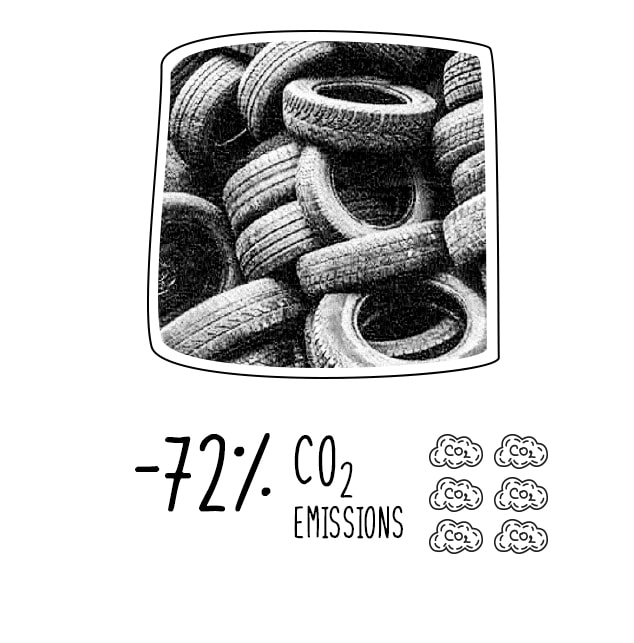 Recycled carbon black
Recycled carbon black
Carbon black is a key ingredient in the manufacture of neoprene. At SHEICO it is pyrolysed from used tires, which reduces energy consumption and saves 200 g of CO² emissions per wetsuit.
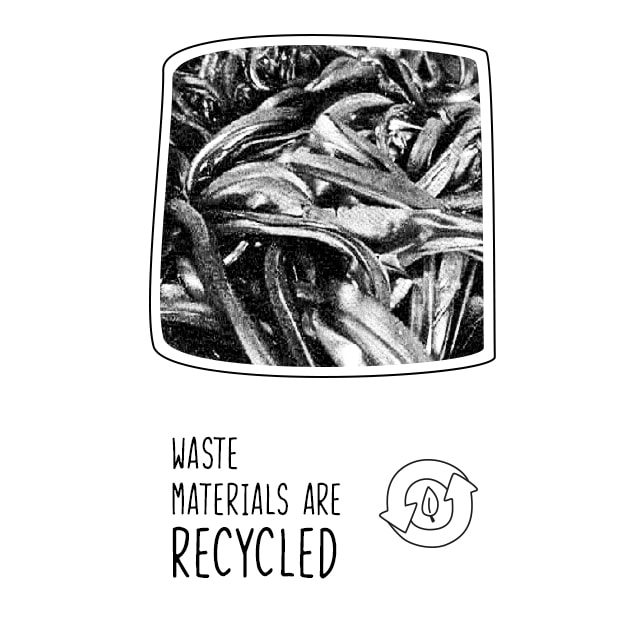 Recycled neoprene
Recycled neoprene
Material waste is recycled into finished products in the production process, which avoids sending waste to landfill.
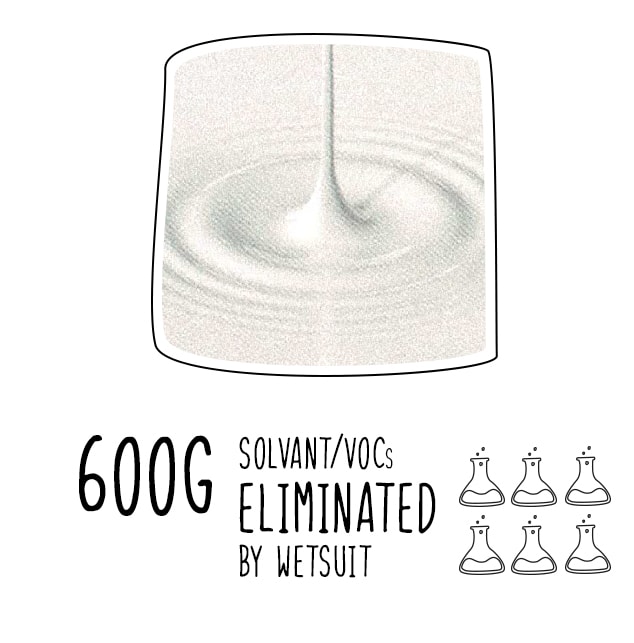 Aqua glue
Aqua glue
The glue that binds the fabrics to the internal neoprene foam is now made from water instead of solvent. This removes volatile organic compounds (VOCs) and provides a healthier working environment for employees.
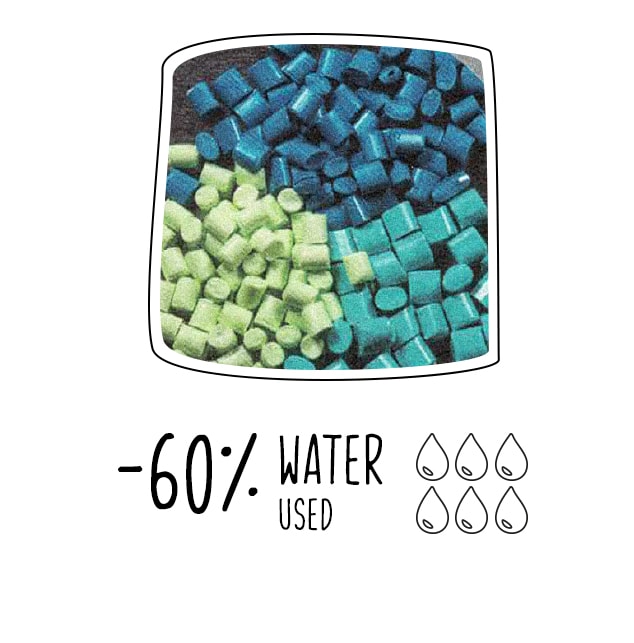 Dope Dyed Yarn
Dope Dyed Yarn
*Only on our black wetsuits.
Dyeing the fabric consumes a lot of water, so the threads that make up our fabrics are dyed before being woven, which considerably reduces water usage while reducing energy consumption and water pollution. ӬFor other colours, SHEICO has invested in a new generation of dyeing machines which consume 60% less water.
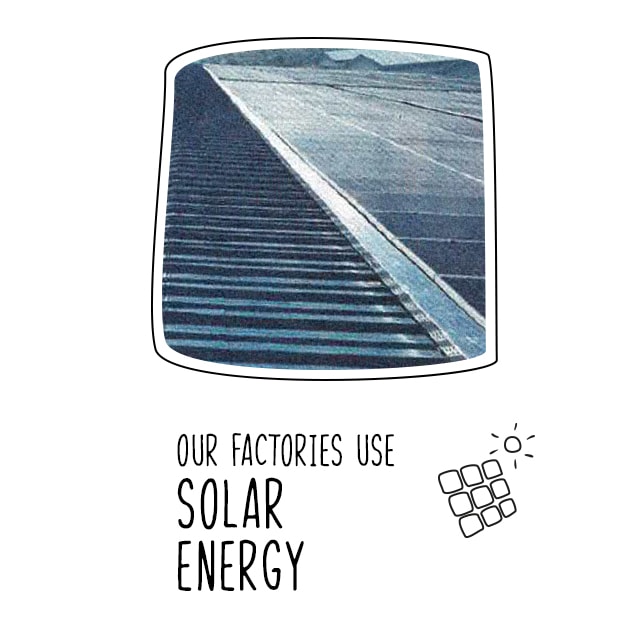 Solar energy
Solar energy
SHEICO’s factories are equipped with solar panels to limit the use of fossil fuels.
Our desire has always been to produce durable, high-performance, timeless products
THE SECOND LIFE OF OUR WETSUITS
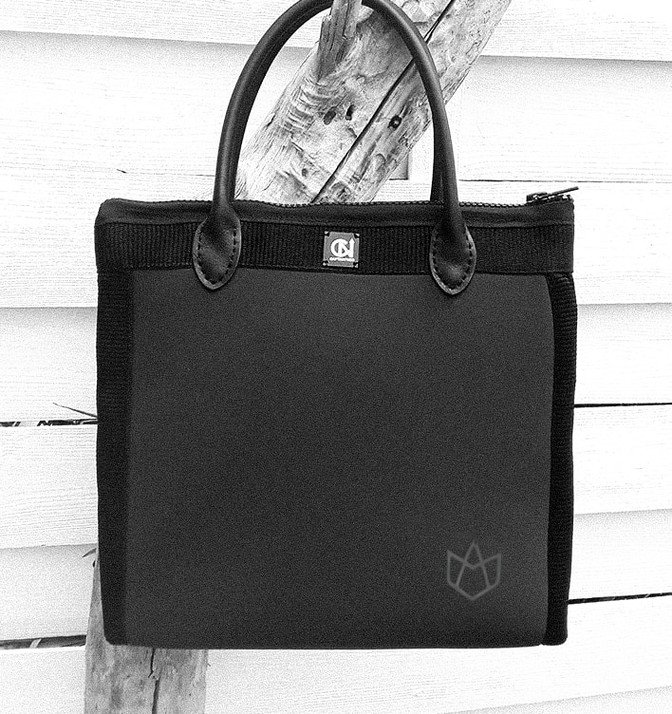 At present, there is no way of properly recycling neoprene. We therefore gather our non-marketable wetsuits(manufacturing defects, prototypes, etc.) to give them a second life through partners who transform used wetsuits into a completely different finished product: We work in particular with Captain Neo, neoprene-based fashion designers.
At present, there is no way of properly recycling neoprene. We therefore gather our non-marketable wetsuits(manufacturing defects, prototypes, etc.) to give them a second life through partners who transform used wetsuits into a completely different finished product: We work in particular with Captain Neo, neoprene-based fashion designers.
Here is an example of a recycled 543 mm X10D.
TRIPS
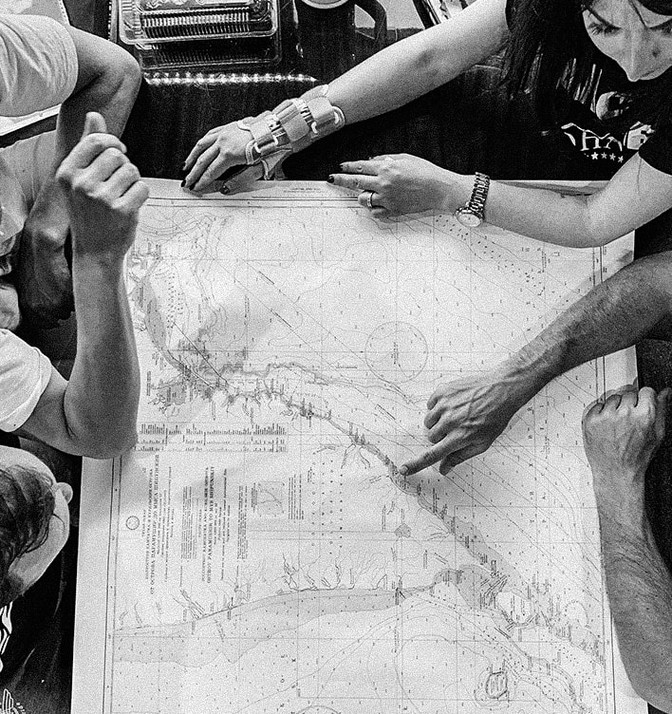 Our goal is to inspire people to get out of their homes and into the water no matter what the conditions. This often involves us moving around, which has an impact on the planet.
Our goal is to inspire people to get out of their homes and into the water no matter what the conditions. This often involves us moving around, which has an impact on the planet.
On our last trip to Kamchatka, Russia, we took steps to reduce global carbon emissions by offsetting 100 tons of carbon emissions.
On each of our MANERA trips, we will commit ourselves to have the smallest impact possible on the planet which is, today, our most beautiful playground.


